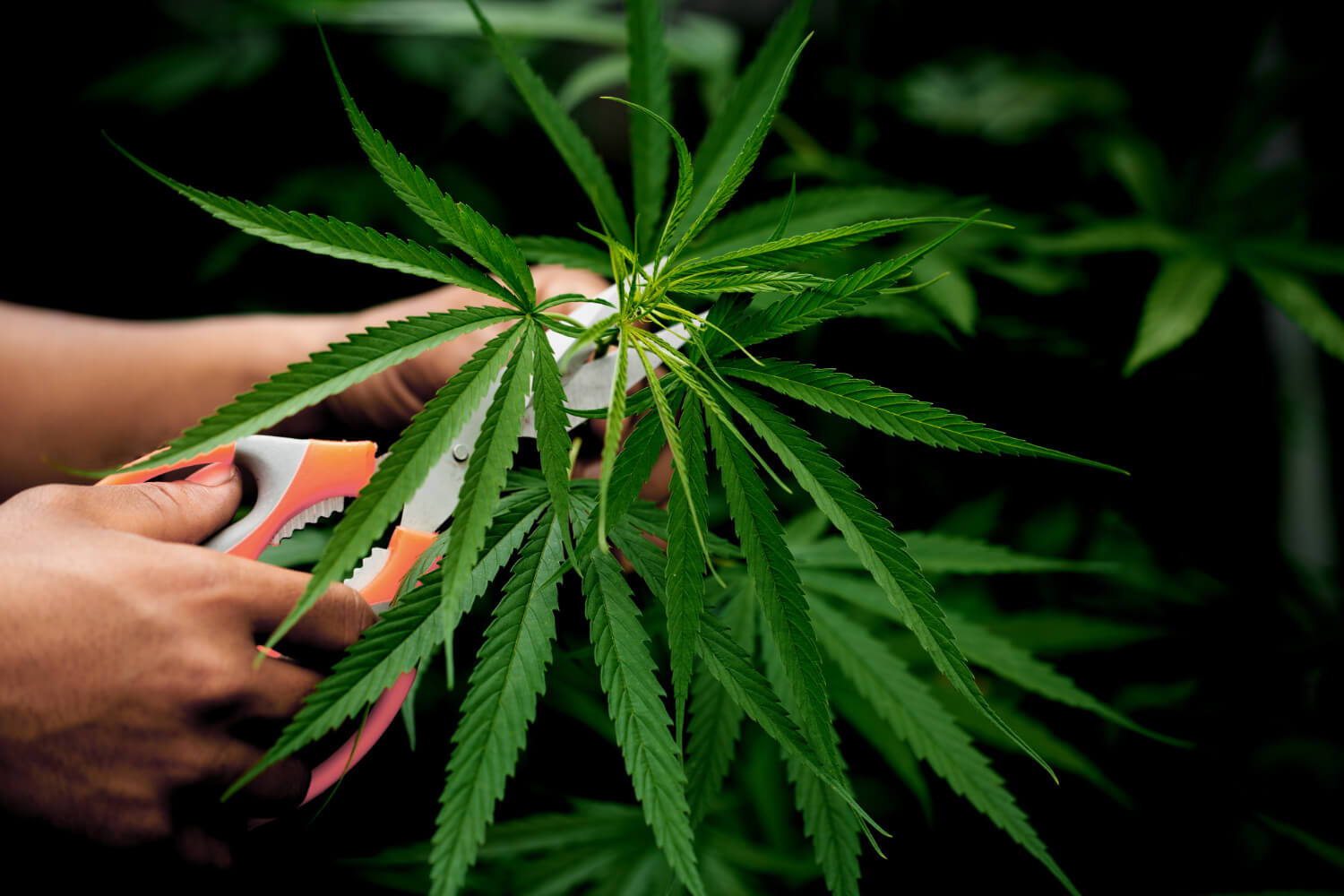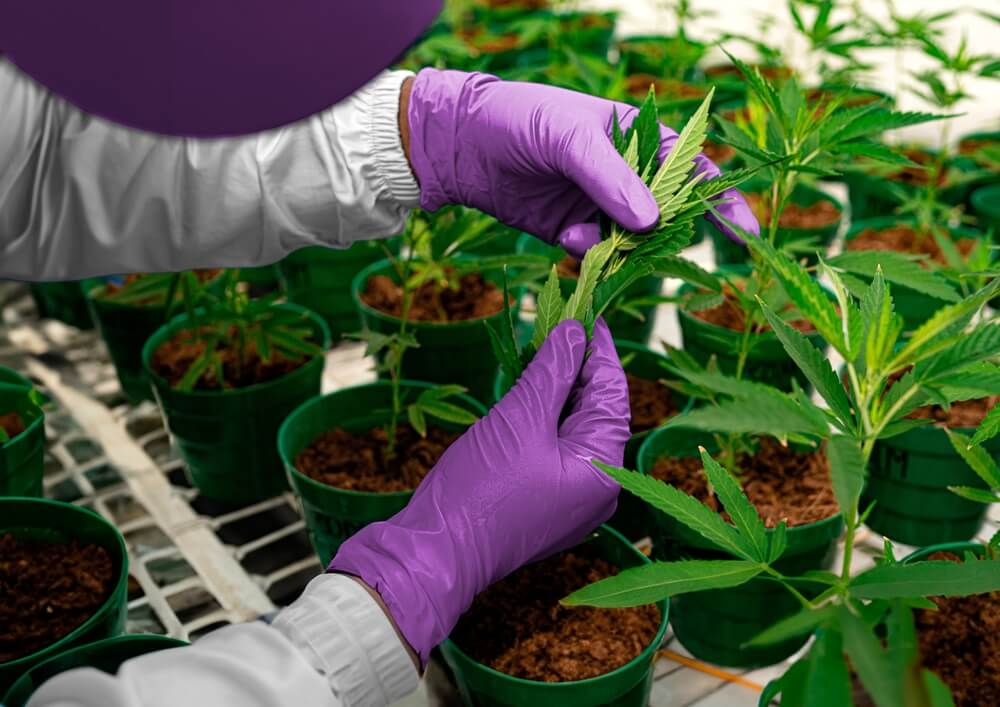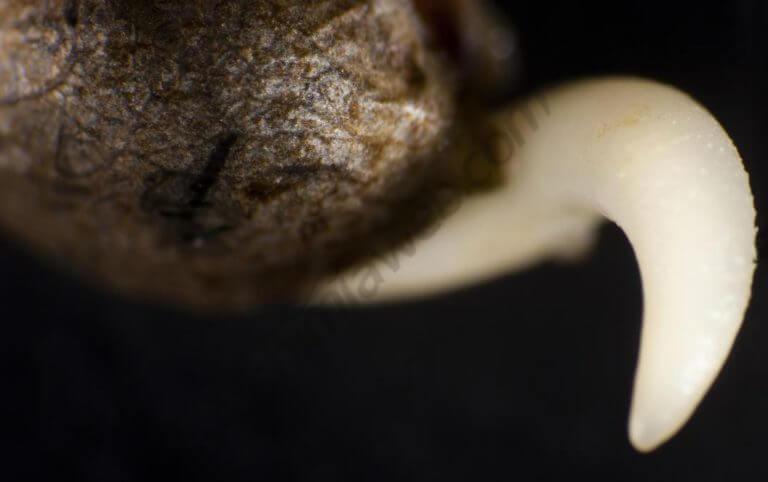A complete guide- Alchimia Grow Shop

Growing cannabis is a fascinating process that encompasses several stages, each with specific characteristics and care. Among these, the vegetative phase or growth stage stands out as an essential period in which the plant builds the foundations for abundant and healthy flowering. It is in this phase that cannabis develops its main structure, grows in size, strengthens its root system, and accumulates the energy necessary to produce the dense and resinous flowers that we like so much.
Throughout the history of cannabis cultivation, indoor and outdoor, growers have perfected their techniques to maximize the potential of plants during this stage. The goal is always the same: to obtain strong, healthy plants ready to give their all during the flowering stage, thus maximizing the quality and quantity of the buds obtained at harvest. From fertilizers to the hours of light needed, today we tell you all the secrets about this crucial phase so that you can prepare your plants to give their best.
The vegetative phase in cannabis
The vegetative phase, also known as the growth phase, is one of the most important stages in the cannabis life cycle. During this period, plants prepare structurally and metabolically to support the weight of the flowers and maximize their production capacity. Although the focus is often on flowering, don’t hesitate; the success of the latter directly depends on how the plant develops during the vegetative stage.
Following germination and seedling establishment (or the appearance of the first roots in the case of cuttings or clones ), plants enter the vegetative phase, which can last from a few weeks to several months, depending on factors such as the variety grown, the growing method (indoor or outdoor), and the grower’s goals. At this stage, plants direct their energy towards:
- Root system development: Roots grow deeply and branch to anchor the plant and absorb water and nutrients.
- Foliage growth: Leaves and stems increase in size and number, forming the structure that will capture the light needed for photosynthesis.
- Structural preparation: Branches and nodes that will support the buds during flowering development.
Characteristics of the cannabis growth stage
- Rapid growth: During the vegetative phase, plants can double or even triple in size in just a few weeks. This rapid growth is indicative of the plant’s health, proper climate management, and its ability to take advantage of available light, water, and nutrients.
- Nitrogen dependence: Cannabis needs large amounts of nitrogen at this stage to form green and robust leaves. This element is essential for the formation of chlorophyll, the pigment that allows plants to carry out photosynthesis. For this reason, growth fertilizers are usually especially rich in this element.
- Specific photoperiod: Indoors, whether in rooms or grow cabinets, the vegetative phase is maintained by a photoperiod of 18 hours of light and 6 of darkness. Outdoors, plants remain in this stage as long as the days are long (spring and summer).
- Resilience and management: During this stage, plants are more resistant to stress compared to germination or flowering. This allows practices such as transplants, pruning, and training to be carried out without seriously compromising the health of the plant and its development.

Seed germination
Cultivation begins with germination, the process by which the seed awakens and develops its first root, known as a radicle. To germinate successfully, seeds need three basic conditions: moisture, warmth, and oxygen.
Common germination methods:
- Wet paper method: Place the seeds between two layers of damp paper, keeping them in a dark and warm environment (20-25 ºC).
- Jiffys, peat pellets, or propagation plugs: Ideal for facilitating direct transplantation, as they reduce stress on the roots.
- In water: Soaking seeds for 24 hours can help hydrate the seed coat and speed germination.
Once the radicle appears, it is important to place the seed in its final substrate, always with the incipient root pointing downwards, at a depth of 1-2 cm. Remember to moisten the substrate before planting the seed. If you do it the other way around, you may accidentally bury the seed too deep in the water.
How to germinate marijuana seeds
We show you in this post how to properly germinate your marijuana seeds. You only have to follow these 8 steps and have a little patience to save time and money.
Early stages of growth
After germination, seedlings emerge and begin to develop their first pairs of true leaves . This is a critical time to ensure that the plants have the best possible conditions to grow.
Key factors during this stage:
- Use of root stimulators: Specific products such as humic acids or algae extracts help strengthen the root system, promoting rapid and healthy growth.
- Liquid or solid fertilizers: At this early stage, plants do not need too many nutrients. A mild fertilizer with a high nitrogen and essential micronutrient content is ideal to avoid deficiencies.
- Proper irrigation: It is crucial to maintain a medium and constant level of humidity in the growing medium, avoiding both excess and lack of water.
Indoors, it is recommended to keep the seedlings under low-consumption lights or LED panels, ensuring a photoperiod of 18 hours of light and 6 hours of darkness. Outdoors, it is important to protect them from adverse weather conditions such as heavy rain or frost. If you are going to grow rooted clones indoors in your outdoor garden, it is best to transplant them and put them in the shade for the first 2-3 days, spraying them with water during the hottest hours. After this time you can put your cuttings under the sun and stop spraying water on them.

The growth of cannabis
As the weeks go by, the plants enter into full vegetative development. This is the moment when they begin to grow rapidly, producing more leaves, branches and roots.
Key aspects of growth:
- Transplanting: As the roots fill the available space in the pot, it will be necessary to gradually transplant them into larger containers. This prevents the roots from becoming compacted and ensures better development.
- Required fertilizers: During this stage, plants need a diet rich in nitrogen, the main nutrient responsible for the development of the green part of the plant. Liquid fertilizers are usually easier to administer, but slow-release solids are also effective.
- Photoperiod: Indoors, a photoperiod of 18/6 is maintained to promote vegetative growth. Outdoors, plants will grow as long as the days are long, typically from spring to mid-summer.
It is essential to keep a constant eye on crop conditions such as temperature, humidity and air circulation. It is during this phase that pruning and training techniques such as topping, LST, or SCROG are usually applied.

Maintenance of mother plants
Maintaining mother plants is essential for growers who wish to preserve specific genetics and produce clones. Mother plants remain indefinitely in a vegetative state under 18/6 photoperiod.
Important points for the care of mother plants:
- Nutrition: Although they do not need as many nutrients as actively growing plants, mums do require a balanced diet to stay healthy. A mild fertilizer is recommended, with enough nitrogen to promote consistent growth.
- Regular pruning: Pruning helps control the size of the mother plant and stimulates the production of new branches, which increases the number of cuttings available.
- Occasional transplants: The roots of mother plants can completely fill the space in the pot, so it is necessary to transplant them or prune the roots periodically.
- Renewal: Over time, mother plants can lose vigor, so it is advisable to replace them with fresh cuttings to ensure healthy genetics.
You see, the growth stage of cannabis plants is a period full of opportunities to maximize their potential. From germination to maintaining mother plants, each step requires attention and care to ensure optimal development. Whether indoors or outdoors, understanding the needs of the plant at this stage will guarantee a healthy and productive crop. Spend time at this stage and you will see how the plants will thank you with spectacular flowering!
Happy harvest!




